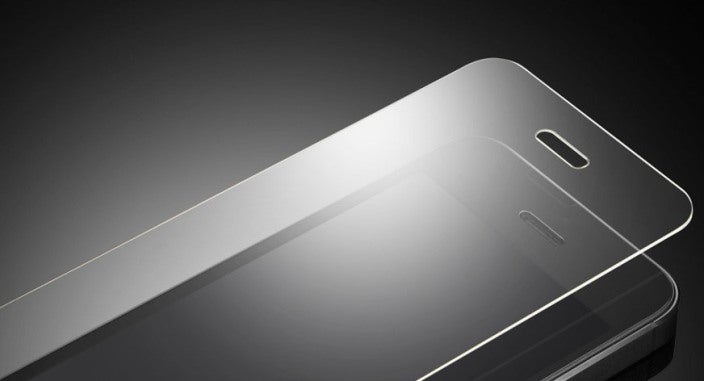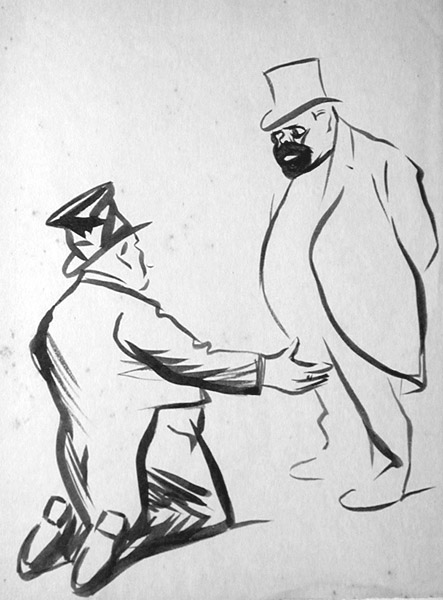Late 20th Century, the time when our generation started. Yes! I am talking about all of those, born in 1990-91, (count me also). We are very fortunate people and you know why..!! 'Rowan Atkinson's' Mr. Bean started on 1 January, 1990...!!! and after that entertainment was completely transformed.
That was just a humorous beginning of a period which will witness numerous events, going to happen in coming two years which will change things completely all around the world.
The first one was 'the gulf war', started in August 1990 & ended in february 1991, a war between 34 countries on one side and Iran on other side, which was the largest alliance between countries since world war-2.
It turned out be a whole new experience for people around the world because of the first time ever live broadcast of war to people's homes. This marked the new era of media across the globe.
 The post world war-2 recession of 1990-1991 was the largest recession after the great recession of 1980s, and it resulted in change of government in the US in 1992, which changed many things in world.The major change of recession was change in buying behavior of people, which resulted in making Wal-Mart the largest retailer in US with opening of its first store in California.
The post world war-2 recession of 1990-1991 was the largest recession after the great recession of 1980s, and it resulted in change of government in the US in 1992, which changed many things in world.The major change of recession was change in buying behavior of people, which resulted in making Wal-Mart the largest retailer in US with opening of its first store in California.Even Starbucks became the biggest coffee chain, when it opened first store in California.
Another important event was the release of Nelson mandela after the imprisonment of 27 years and this event is going to make a major mark in the world map by fighting for ending apartheid in south africa and received nobel peace prize in 1993.

 World health Organization removed Homosexuality from the list of disease and this marked the beginning of the change of acceptance of different sexual oriented people than so called
World health Organization removed Homosexuality from the list of disease and this marked the beginning of the change of acceptance of different sexual oriented people than so called'normal orientation'.
The period was also important for the rights of environment and human rights as famous Exonn Valdez case of oil spill, which forced US to pass Oil Pollution Act 1990, which forced company to pay $1billion to clean up spill and protect environment. This case proved to be an eye opener for the rest of the world.
 One major change in world trade was going to happen by progress in Englishchannel tunnel as the first land connection between Great Britainand the mainland of Europe was established for around 8,000 years. This period was a very important for space exploration with launch of Hubble space telescope in 1990, followed by space shuttle atlantis and columbia in 1991.
One major change in world trade was going to happen by progress in Englishchannel tunnel as the first land connection between Great Britainand the mainland of Europe was established for around 8,000 years. This period was a very important for space exploration with launch of Hubble space telescope in 1990, followed by space shuttle atlantis and columbia in 1991.
This year was very important for Germany as it witnessed German reunification, and victory of west germany in fifa world cup. it also marked the inception of first ever digital HDTV broadcast in world history in fifa world cup.
 This period was a phase changer for India. It changed 3 prime ministers in 2 years, V.P. Singh to Chandra Shekhar to P.V. Narsimha Rao, who became final prime minister of India for the period. Under his Leadership only, India abandoned its policies of conservative socialism and autarky and began extensive neoliberal changes to its economy in 1991, which would increase the GDP but also widen the gap between rich and poor over the next several years.
This period was a phase changer for India. It changed 3 prime ministers in 2 years, V.P. Singh to Chandra Shekhar to P.V. Narsimha Rao, who became final prime minister of India for the period. Under his Leadership only, India abandoned its policies of conservative socialism and autarky and began extensive neoliberal changes to its economy in 1991, which would increase the GDP but also widen the gap between rich and poor over the next several years.Country also witnessed the assassination of former Prime minister Rajiv Gandhi, which was a major turning point in history of country. India is closely affected by any move of Pakistan, which elected Nawaz Sharif as its prime minister in 1990.
This period was the golden period of the modern history of mankind, when world moved out of traditional way of communication and information search. World wide web was going to change the whole world. WWW reached to next level and first server was created and first web page was written. First website was created and world wide web was open for public in 1991. This event was going to change the course of world's future.
The above was just the base being created for the actual fortunes to come to our generation. This was just the beginning of a whole new era of human life, which is not going to be 'simple' and boring as it used to be before 1991, because a complete new experience was waiting for humanity to experience in coming years.
To Be Continued..!!
Discover the fortunes of our generation in next article..!!






















